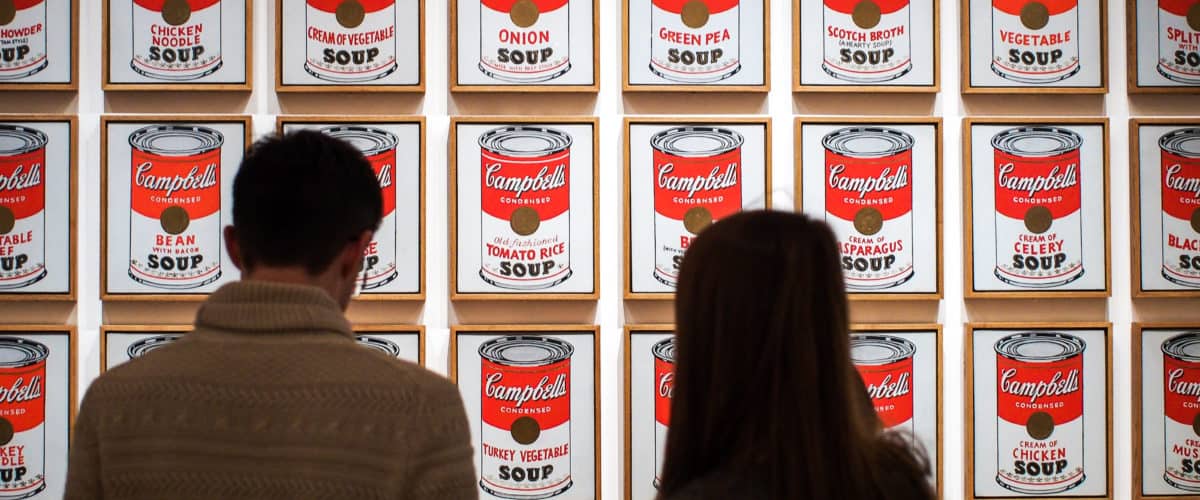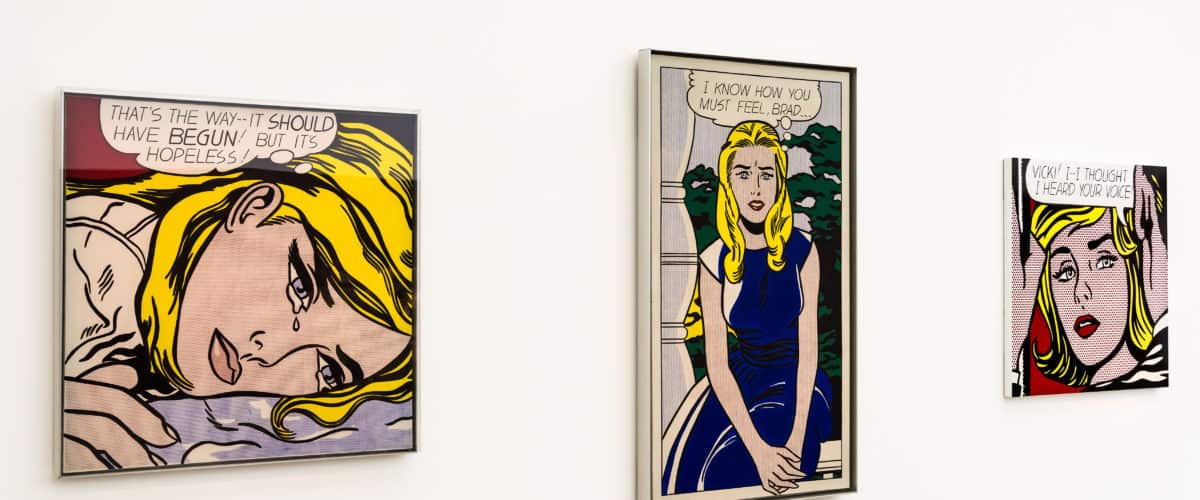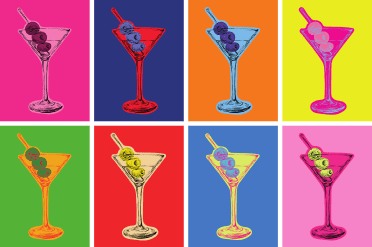Pop art continues to serve as a never-ending wellspring of ideas for the fashion industry, the design world, the entertainment business, and culture in general.
Pop art was one of the most well-known aesthetic movements of the 20th century, with roots in the broad influence of commercialism, mass media, and popular culture. Even though the 1960s were a watershed moment for the movement, its origins may be traced back to the decade preceding. Pop art, on the other hand, was a significant movement in the evolution of modernism because it used everyday materials and media to create intriguing visual compositions. Comic books, newspapers, and magazines, for example, were the main sources of inspiration for pop art. Pop art artists were open to the prospect that their works might be mass-produced, publicly available to anybody, transitory, and ultimately meaningless. This was a characteristic of the pop art movement. In addition to Andy Warhol, whose Marylin Diptych is famous worldwide, many other artists contributed to pop art. It is beneficial to examine essential works and the lives of noteworthy individuals associated with this powerful artistic movement.
Pop Art Features
Pop art can be identified by striking visual elements, including bright colors and everyday objects as subjects. These pop art artists create art about current issues and challenge the status quo. Here are some of the traits that define pop art.
One of the most distinguishing characteristics of pop art is the use of vivid, bright colors to express an optimistic message and generate an uplifting, positive mood within the work. Red, yellow, and blue are the predominant colors in several iconic artworks, especially those by Roy Lichtenstein.
Pop artists utilized commercial emblems regularly in their works, such as food containers, billboards, and even celebrity images. Logos and brand imagery are also used in their artworks. The characteristics of pop art included the use of mass-market imagery, such as that on soup cans and magazine covers.
Pop art would not be pop art if it lacked a pinch of humor. Pop art’s success is attributable to its openness to challenging norms and customs. When attempting to define pop art, you should first look for amusing characteristics. Numerous artists use this pattern to convey a message about the world or make fun of the most recent trends.
Numerous works defined the pop art movement, each bringing to life the basic concepts and aesthetic ideals differently. Here are some of the most impactful pop artists’ works.
Andy Warhol’s Campbell’s Soup Cans (1962)

Famous for its emphasis on celebrity culture, its penchant for image repetition, and the liberal use of advertising symbols, pop art is sometimes said to have been founded by Andy Warhol. Roughly, around the start of the 1960s. During that time Warhol also founded a hangout called the Factory, which attracted artists as well as pop culture icons, including rock singers, novelists, and philosophers.
Campbell’s Soup Cans, a 1962 exhibition of Warhol’s most well-known works of pop art, is a set of soup cans with copies of the company’s print advertisements. In the 1990s, Warhol’s artwork mirrored a new America that enthusiastically embraced materialism. By the end of the year, all of Manhattan’s socialites were wearing dresses with Campbell’s Soup Can prints.
Roy Lichtenstein’s Crying Girl (1963)

Roy Lichtenstein‘s early representations of iconic comic book characters helped establish him as a breakout pop art artist. Even though Lichtenstein’s dramatic compositions were copies of comic book pages, he also used a technical method that included picture modification. His paintings were typical of commercial printing, with brilliant colors, clear lines, and halftone dots.
In 1963, a print of Lichtenstein’s Crying Girl was released, and the following year, porcelain enamel on a steel sculpture of the same name was produced. This work examines the prevalent idealized depictions of women in the 1950s and 1960s, an era when women were fighting for equal rights, and serves as an example of how pop art examined and challenged the societal conventions of the day. Lichtenstein’s style is characterized by the use of primary colors and the depiction of human emotions, in the shape of tears in the woman’s eye corners.
In summary pop art’s emergence in the 1950s had far-reaching and unanticipated effects in sectors other than the arts. It’s exciting and full of life. You must hang some pop art paintings if you haven’t already.
Photo:m2art/Shutterstock
You might also like:
Support us!
All your donations will be used to pay the magazine’s journalists and to support the ongoing costs of maintaining the site.
Share this post
Interested in co-operating with us?
We are open to co-operation from writers and businesses alike. You can reach us on our email at [email protected]/[email protected] and we will get back to you as quick as we can.









